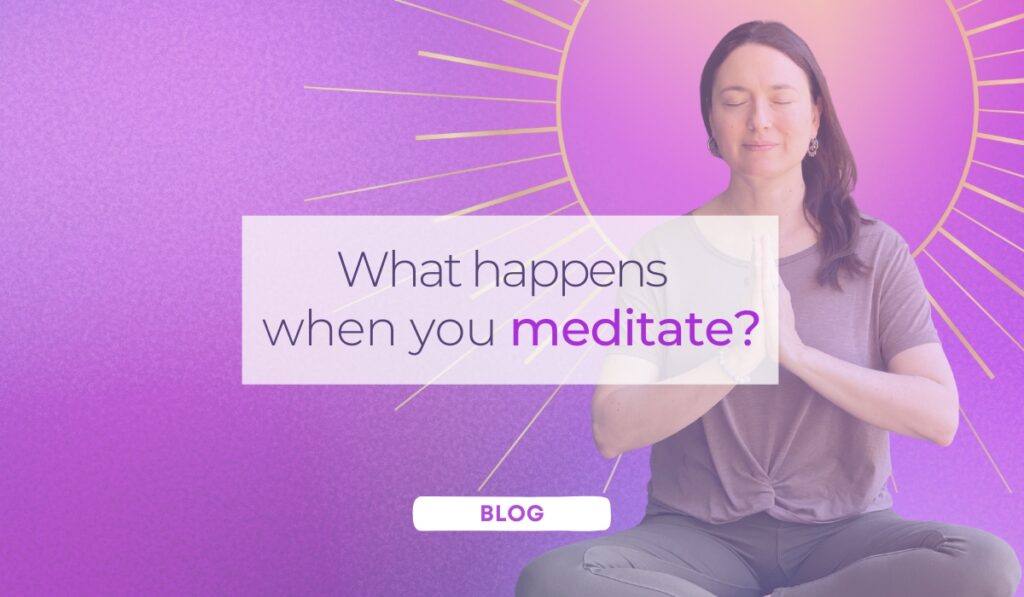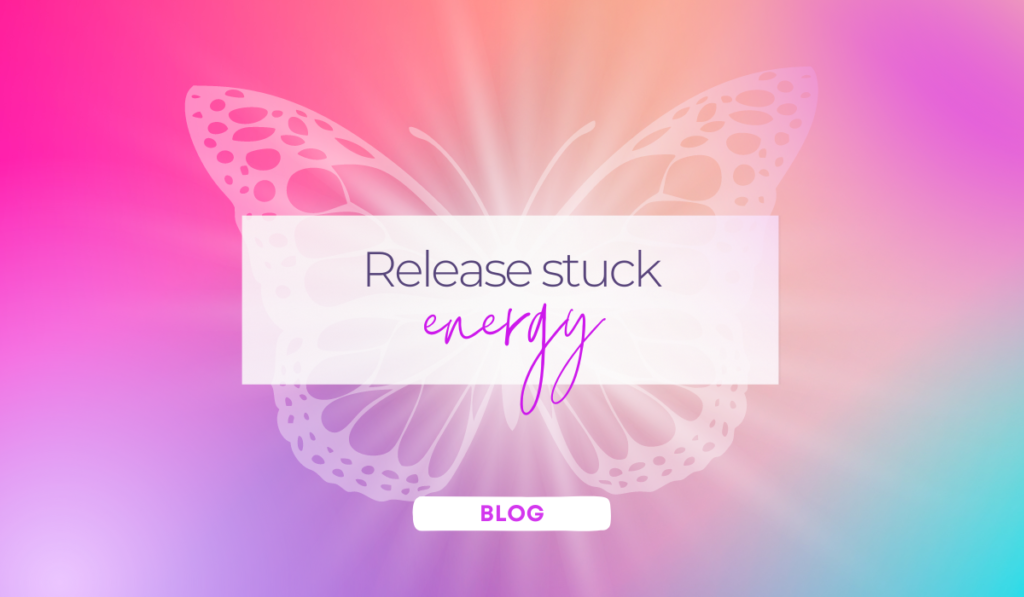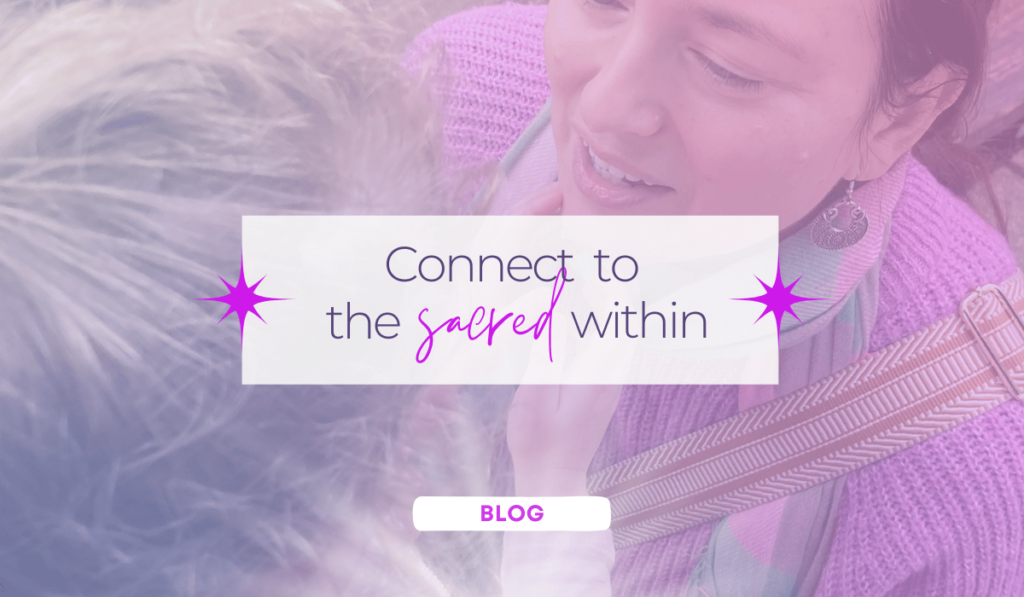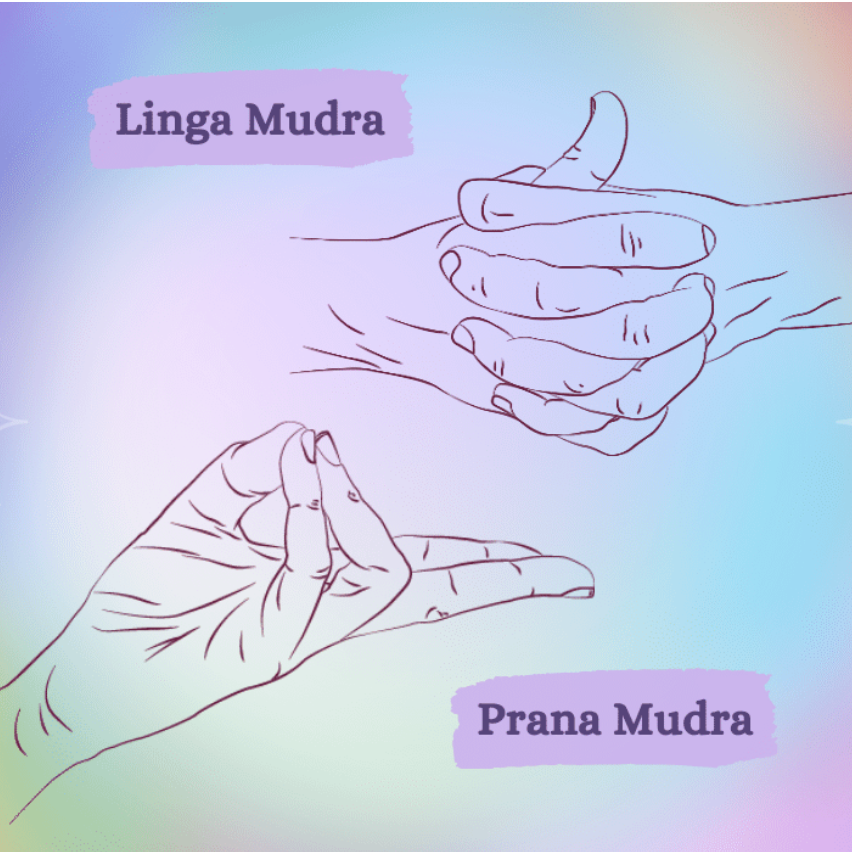As someone who has been on a spiritual and healing journey for many years, I’ve found that both meditation and yoga have been essential tools to help me forge a deeper connection to spirit and manage various health issues (which I’ll share more about in another post soon). One aspect of yoga I’ve found particularly fascinating and beneficial – on many levels, is the practice of Hasta mudras (‘hasta’ is the Sanskrit word for ‘hand’).
In case you’re not familiar with them, mudras are sacred hand gestures used in yoga and meditation to promote specific states of consciousness or energy flows in the body. Mudra translates to ‘seal’ or ‘lock’, meaning we are locking and activating a particular pranic pattern within our physical bodies, to aid in healing and/or spiritual growth. There are hundreds of mudras, each with its own unique meaning and purpose; but in this post, I want to focus on a few that I’ve found to be especially powerful.
…remember the most important thing is to approach these practices with an open heart and a spirit of curiosity and exploration
My Go-to Mudras
Anjali Mudra: The Gesture of Prayer
The first posture I want to look at is Anjali mudra, also known as the gesture of prayer. Used in both Eastern and Western traditions, Anjali is one of the most widely recognised gestures, or mudras. It speaks to all people and cultures, transcending language barriers and is often practiced at the end of a yoga class, while chanting the words ‘Namaste’: “The Divine within me, bows to the Divine within you”.
Anjali mudra is created by bringing the palms of the hands together in front of the heart centre, with fingers pointing upwards. This mudra symbolises the union of both the individual and the universal self and is often used as a way to express gratitude and reverence. When we practice Anjali with intention, it helps us cultivate a sense of humility, openness, and connection to something beyond ourselves.
Jnana Mudra – Heart-Centred Wisdom
Another mudra I’ve found to be incredibly helpful is Jnana mudra, or the gesture of heart-wisdom and knowledge.
To practice this mudra – using both hands – bring together the tip of the index finger (representing air and the heart chakra) and the tip of the thumb together (representing fire and the solar plexus chakra). Comfortably extend the other three fingers.
This mudra fortifies your solar plexus centre associated with grounding and stability; and your heart centre, which focuses your energy inward, stimulating intuition and spiritual insight. Practicing this mudra can help you feel more aligned with your true destiny and direction.
Kubera Mudra – Manifestation (Kubera is the God of wealth)
The final mudra I wish to discuss is the gesture of manifestation. Kubera is well known for its power of ‘attraction’. Use this to channel pure intention – while you focus on your dreams and wishes you hold for yourself and others.
Using both hands, bring the thumb, index and middle fingers together. Fold the ring and pinky finger toward the centre of your palm.
Kubera builds confidence and calmness. It harnesses the energy of three power-packed planets – Mars, Jupiter and Saturn.
Mark White talks about the power of Kubera mudra in this article: ‘The Science of Mudras I’.

How to Perform a Mudra and How Long to Hold it?
The pressure of the fingers should be light and your hands should feel relaxed. The flexibility of the hands relates directly with the flexibility of the body. All the more reason to work with mudras. It gets easier with practice, as muscle memory forms.
There is debate around how long a mudra should be held:
- Keshav Dev (an Indian mudra researcher) recommends that a mudra be held for 45 minutes per day for true benefits to be felt. This can be broken down to 15 minutes, three times a day.
- Kim da Silva (a renowned Kinesiologist and mudra expert) recommends a mudra be used routinely to be of benefit, like taking medication at a specific time every day. She advocates an individual approach, depending on what needs to be achieved.
- Other research indicates a minimum of 20 minutes a day. Read more HERE.
- For me – three to 30 minutes, twice a day or more if possible. I can feel when they are working; and it’s important to incorporate a conscious breath to really activate mudras and tune into their benefits.
Generally you will feel when mudras are working. Even feeling a little tired or unwell can be a positive sign and in time these feelings will pass.
Find ways to use mudras in your day
Of course, these are just a few examples of the many mudras available, and people may experience them differently. For me, incorporating mudras into a yoga or meditation practice or simply during your day, even while stuck in traffic, can be a powerful way to achieve instant calmness, spiritual growth and tap into your body’s self-healing powers. By using our hands as a way to connect with different aspects of ourselves and the universe, we can access new levels of awareness, insight and spiritual transformation.
I hope this post inspires you to explore mudras more deeply and incorporate them into your own spiritual practice. As always, remember the most important thing is to approach these practices with an open heart and a spirit of curiosity and exploration.
I’d love to hear about your experiences using mudras in the comments below.
Love and mudras,

Recommended further reading:
- My blog post on ‘Energy in your Hands’
- My blog post on ‘How do Mudras Work?’
- ‘Mudras’ Yoga in your hands by Gertrud Hirschi
- Mudras of India 72 Hand Gestures for Healing and Spiritual Growth by Cain Carroll & Revital Carroll
- Boost Your Health, Re-Energize Your Life, Enhance Your Yoga and Deepen Your Meditation by Swami Saradananda
Please note: mudras are simple ancient tools for exploring energies of heart, mind and body and are not presented here as an alternative to professional medical advice.











